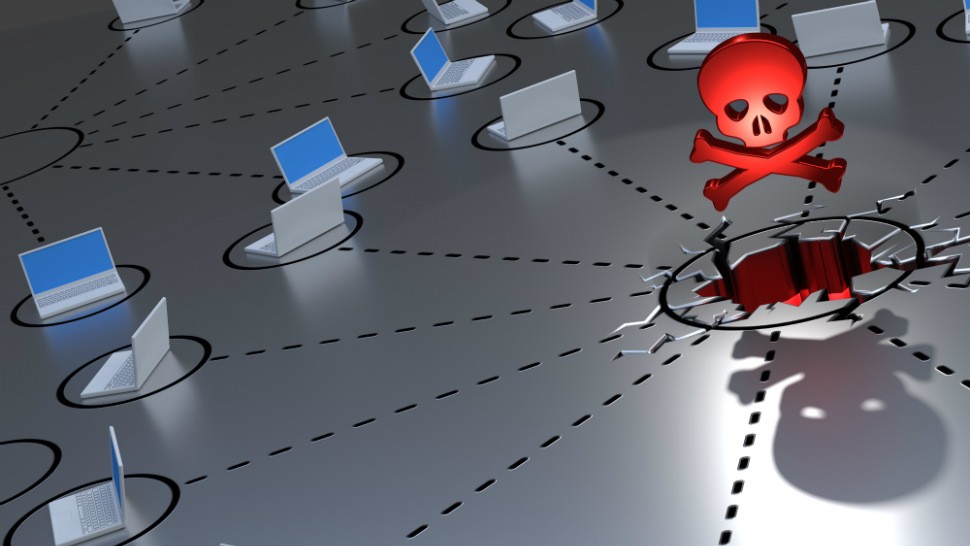Updating your operating system can be a major pain in the neck. The new software can be buggy at first, some of your old programs can lose compatibility, and worst of all, your computer might be out of commission for hours. It’s no wonder that so many people still choose to keep the same operating system their computer came with. As the saying goes: “If it ain’t broke, don’t fix it.”
This time, however, you might want to look into fixing your system. A major security threat has been identified by Microsoft, one that potentially targets Windows computers with out-of-date software.
This vulnerability can spell disaster for personal data and, if left untouched, could spread malware rapidly across the internet.
Thankfully, Microsoft has released a patch for its oldest, most vulnerable operating system — and it’s advising users to update as soon as possible. If Microsoft can successfully head off this vulnerability, millions of computers throughout the world could be saved from compromise. Here’s what you need to know about the Terminal Services security flaw, and what you can do to protect your own system.
Is my system affected by the latest Windows vulnerability?
In a blog post released by Microsoft, the company outlined a critical security flaw found in older versions of the Windows operating system. This bug affects a part of the software called Remote Desktop Services or Terminal Services.
Normally, these features allow a user to access their PC remotely with special software. But in the hands of an accomplished hacker, Remote Desktop is the perfect entryway to compromise a computer.
Dangerous malware like the WannaCry virus have previously used a similar vulnerability to run rampant across the web — jumping from computer to computer without any user input. If a new cyber weapon were to harness Remote Desktop Services, any computer with the security flaw could fall victim while spreading the virus to other systems.
This critical flaw was scary enough to prompt Microsoft to release patches for several of its oldest operating systems. This includes software they no longer support, such as Windows XP and Windows 7.
This is a very smart move on its part, as XP and 7 are still regularly used across the world for administrative purposes. Coincidentally, these are the kinds of systems that are most at-risk for collateral damage from the security flaw.
How can I protect myself with this new security patch?
In order to get your hands on the new patch, you’ll need to visit the security blog post published by Microsoft. It explains the threat in detail, and contains instructions and links to update your operating system. For more information, you can tap or click here to visit the blog post.
If you’re on a newer version of Windows, such as Windows 8 or Windows 10, it’s still worth updating your system for the latest patches and security fixes.
On Windows 8, open the Start screen by pressing the Windows button on your keyboard and click on Store. Click on the Update Windows button once you’re inside the store. From here, you’ll be able to download the latest update.
On Windows 10, you can update your system by navigating to Settings, and click on Update & Security. In this menu, you can click Check for updates to see the latest patches available for your system.
Once your operating system is properly patched, you should be good to go. In the meantime, be extra cautious about any mysterious links you receive — or any programs you might be tempted to download!
Any one of these might contain malware, and just because you’re protected from one security flaw doesn’t mean you’re protected from others. Be skeptical, be cautious, and use your best judgement when browsing online. Do this, and your computer should continue to last you for years to come.
Massive Intel security flaw leaves millions of PCs open to attack, update yours now!
When a flaw is discovered in a computer component, every single product with that part is now a major security risk. A recent flaw was discovered in Intel chips found in millions of computers around the world. The threat is so bad that Intel is urging anyone affected to update their system immediately. We have the rundown on which systems are affected, and how you can protect yourself from a worst-case-scenario breach.
Tap or click to see if you were affected.
Please share this information with everyone. Just click on any of the social media buttons on the side.
